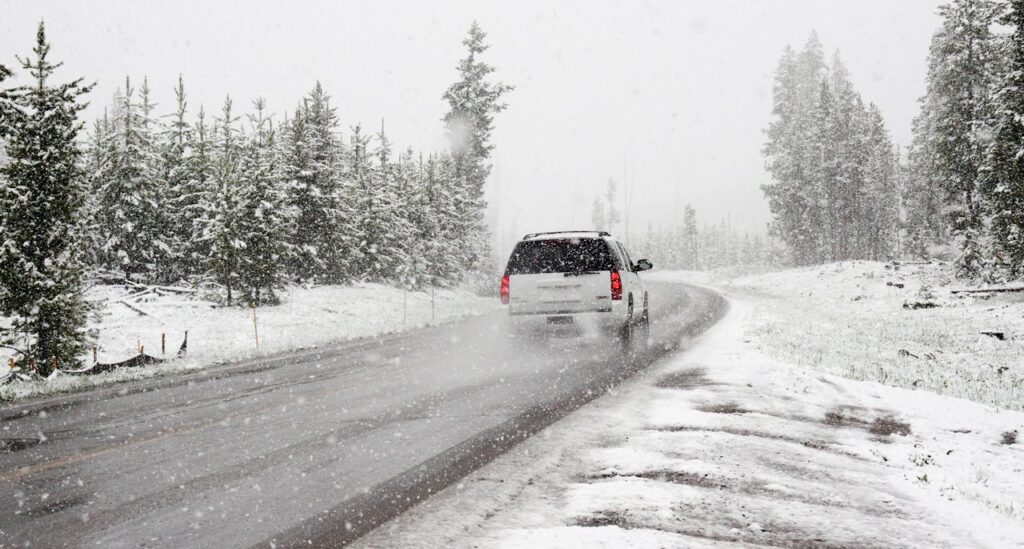Winter Driving Myths

Winter is coming! With the possibility of snow (or, here in the Triangle, mostly slush and ice) looming, you need to know how to get around responsibly. A lot of common sense advice applies for winter driving, but there are some special tricks to make it easier…and some that are merely myths or misconceptions.
Myth: All-Wheel Drive Is All You Need
Whether you have a tricked-out Jeep or a humble Subaru, the snow is a great chance to feel some well-earned smugness about your purchase. As others cower indoors, you take to the city streets without fear…right?
Well, sort of. All-wheel drive is unquestionably better in the snow for getting traction. However, it does not help you stop, which requires both driver skill and capable brakes. You can still skid on ice or lock up the brakes. Some vehicles with part-time all-wheel drive (like the Honda CR-V) are also not true AWD, and only engage it when a loss of traction is detected.
The big takeaway here? Enjoy your advantage, but be careful.
Myth: Underinflate Your Tires for Better Traction
This myth is most amusing because it makes sense on paper. If your tires are less inflated, they’ll “sag” a bit, giving you a greater contact area with the road.
But like most armchair science, this doesn’t hold up in the real world. Where most of us live, the roads are plowed or at least pre-treated when snow’s in the forecast. So while that additional traction can help on gravel roads, even on a slightly icy road you actually lose that traction advantage. According to Car Talk, most modern tires are designed to cut through road snow at their proper inflation; underinflating them ruins that engineering and therefore their effectiveness.
Instead of DIY tricks, invest in a good pair of snow tires.
Myth: Always Warm Up Your Car
Do you let your car idle before you start it in the winter? Your heart is in the right place, but current technology means this is mostly unnecessary.
The myth comes from older cars with carburetors, devices that mix fuel and air for delivery to the engine. At chilly temperatures, carburetors could malfunction. Modern cars use fuel injection, which deals just fine with cold weather.
The myth also stems from oil circulation; many older engine oils were extra thick in the winter, and warming them up let them more evenly coat fragile engine parts. But newer oils are purposely designed for winter weather (that’s what the “W” in 10W-40 or 5W-30 means.) So while you should let your car idle for a little bit – maybe a minute – that’s all it needs. Just drive gently until the car is fully warmed up.
Recent Posts
Categories
- Auto Towing Raleigh (23)
- Car Maintenance Tips (2)
- Crane Service (1)
- Dean's Wrecker Service (4)
- Equipment Relocation (2)
- Heavy Duty Towing (13)
- Raleigh Highways (3)
